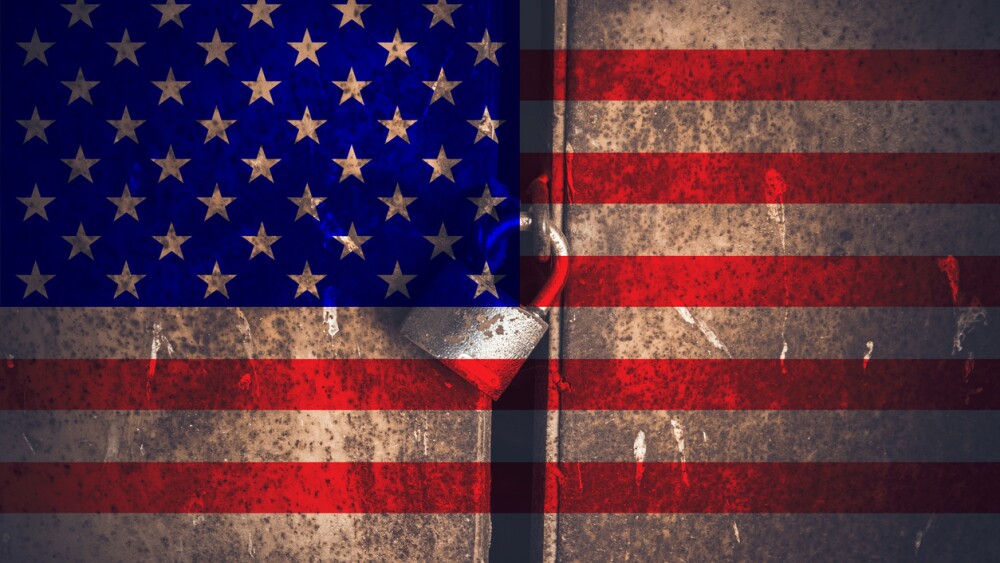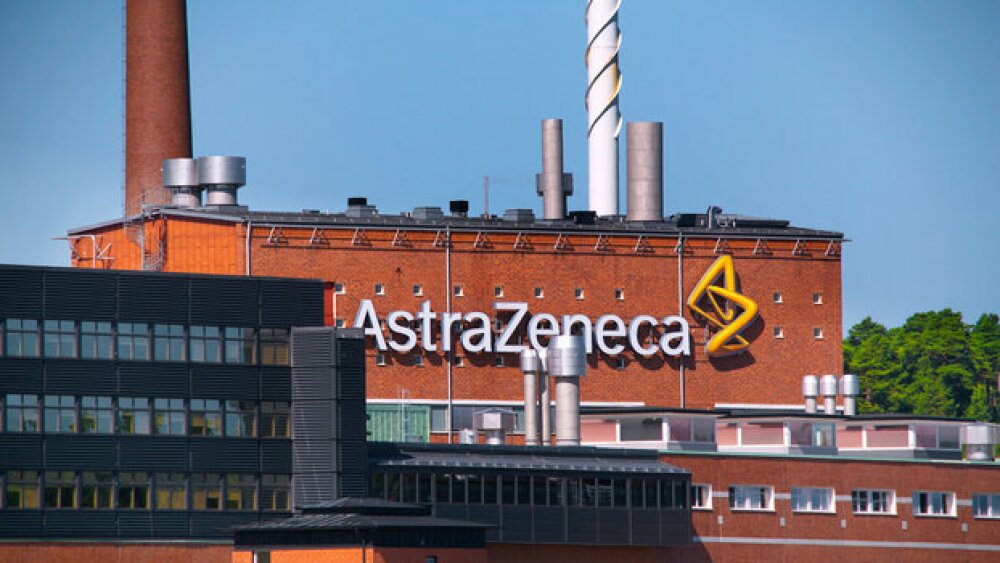Further, the article states the possibility that in 20 years stem cell banks will be like pharmacies of today with the idea that if a patient receives a specific diagnosis, they take a specific type of prescribed stem cell.
One of the leaders in the field of amniotic stem cell research in the United States is David Warburton, professor of pediatrics and surgery at the Keck School of Medicine at the University of Southern California. He is mainly involved in the development of medical applications of stem cells derived from amniotic fluid, according to the article. This variant of stem cell is collected during a routine amniocentesis typically performed during the 2nd trimester of pregnancy.
Amniotic fluid is the fluid that cushions the growing fetus during pregnancy and happens to also be one of the richest known natural sources of mesenchymal stem cells. Biocell Center, an international company with locations in Europe and the United States, is a unique private tissue bank of stem cells from amniotic fluid. The cells contained in this fluid can be collected in the second trimester of pregnancy when prenatal diagnostic procedure, amniocentesis, is performed, without any change to the diagnostic test itself.
“Amniotic fluid is one of the best sources of mesenchymal stem cells that are viewed as the next frontier in stem cell therapy,” said Biocell Center Scientific Director, Professor Giuseppe Simoni. “Biocell Center can provide pregnant women who are having a genetic amniocentesis for prenatal diagnosis the opportunity to bank stem cells from their amniotic fluid, for future potential medical use. From the same amniocentesis procedure one can get cells for diagnostic information and stem cells for the future.”
With over 130 human trials ongoing worldwide, it is quite possible that during the next wave of medical advances, a pluripotent mesenchymal stem cell may transform the field of regenerative medicine.
The current article cites some very interesting medical breakthroughs using stem cells in the area of organ regeneration particularly with hollow organs like the windpipe and bladder. The author cites that in 2008, surgeons in Spain performed the world’s first tissue-engineered whole organ transplant as reported in Science Daily.
Additionally, advances in regenerative medicine were reported recently in Britain’s newspaper the Daily Telegraph when a 10-year-old British boy became the first child to undergo a stem cell organ transplant.
Most recently, scientists in the United States reported they had grown working liver grafts in the laboratory according to a medical story on the British Broadcasting Corporation. The research was tested on rats but it was important because the liver is a vastly more complex organ than hollow organs like the windpipe. Additionally, the article says that growing new organs using a patient’s own stem cells is a distinct advantage as they may not require anti-rejection drugs, which can significantly reduce life expectancy.
Contact Information Laurie Fullerton Title: Public Relations Director Biocell Center Corporation 200 Boston Avenue Boston, Medford, MA 02155 Phone: 781- 391-2040 Alt. Phone: 1-866-246-2720 Fax: 1-781-395-0602 Email: laurie.fullerton@biocellcenter.com




